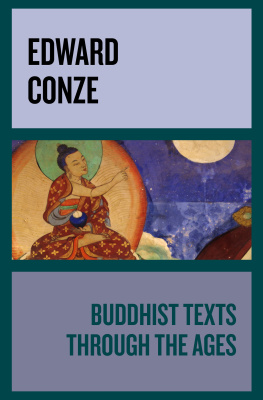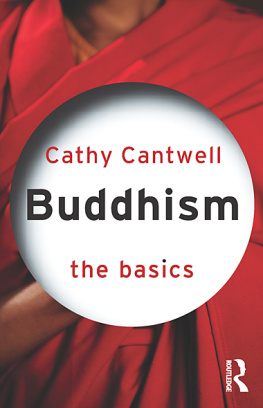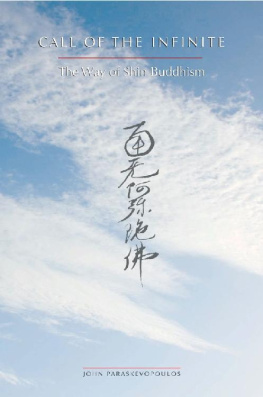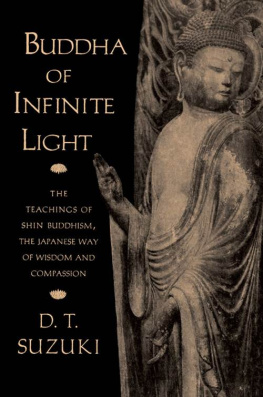World Wisdom
The Library of Perennial Philosophy
The Library of Perennial Philosophy is dedicated to the exposition of the timeless Truth underlying the diverse religions. This Truth, often referred to as the SophiaPerennisor Perennial Wisdomfinds its expression in the revealed Scriptures as well as the writings of the great sages and the artistic creations of the traditional worlds.
The Essential Shinran: A Buddhist Path of True Entrusting appears as one of our selections in the Perennial Philosophy series.

Spiritual Masters: East & West Series
This series presents the writings of great spiritual masters of the past and present from both East and West. Carefully selected essential writings of these sages are combined with biographical information, glossaries of technical terms, historical maps, and pictorial and photographic art in order to communicate a sense of their respective spiritual climates.
Cover: The portion of Shinrans copy of the Amida Stra in his own hand on the cover, was written during his study under Hnen. It is a national treasure possessed by the Nishi Hongwanji, Kyoto, and appears in the second volume of The CollectedWorks of Shinran.
The portrait of Shinran on the cover was made by the artist Senami. It is known as the Mirror Portrait (Kagami-no-goei) and is a national treasure held by the Nishi Hongwanji, Kyoto. It also appears in the second volume of the Collected Works ofShinran.
The Essential Shinran
A Buddhist Path of True Entrusting
Compiled and Edited by
Alfred Bloom
Foreword by
Ruben L.F. Habito

The Essential Shinran: A Buddhist Path of True Entrusting
2007 World Wisdom, Inc.
All rights reserved.
No part of this book may be used or reproduced
in any manner without written permission,
except in critical articles and reviews.
Library of Congress Cataloging-in-Publication Data
Shinran, 1173-1263.
[Selections. English]
The essential Shinran: A Buddhist Path of True Entrusting /compiled and edited by Alfred Bloom; foreword by Ruben L. F. Habito.
p. cm. (Spiritual master East & West)
Includes bibliographical references and index.
ISBN-13: 978-1-933316-21-5 (pbk. : alk. paper)
ISBN-10: 1-933316-21-7 (pbk. : alk. paper)
1. Shin (Sect) Doctrines Early works to 1800. I. Bloom, Alfred.
II. Habito, Ruben L. F., 1947-. III. Title.
BQ8749.S552 2007
294.3926dc22
2006029986
Printed on acid-free paper in Canada.
For information address World Wisdom, Inc.
P.O. Box 2682, Bloomington, Indiana 47402-2682
www.worldwisdom.com
FOREWORD
Shinrans Religious Message for Our Time
The Pure Land Buddhist tradition has been a major player in the shaping of Japanese history, culture, and society since medieval times, and is in fact acknowledged as one of the largest Buddhist movements in the world.1
Communities of Pure Land Buddhist devotees came to be formed outside of Japan in the nineteenth century with the migration of contract workers to Hawaii, to continental United States and Canada, and also to different regions of Latin America. The Eastern (Higashi) and the Western (Nishi) Hongwanji Temple complexes, headquarters of the two major Pure Land Buddhist traditions located in Kyoto, continued through the years to send clergy from Japan overseas to minister to the religious needs of these communities of adherents. In the United States, followers of Pure Land Buddhism have taken on the name Buddhist Churches of America, counting many first, second, and successive generations of Americans of Japanese ancestry as members, but also with a number of Western-born (non-Japanese) adherents.
An eminent scholar and leading figure in the academic study of Pure Land Buddhism in the West, Dr. Alfred Bloom, has written several important volumes on this subject, focusing on the life and thought of Shinran. His Shinrans Gospel of Pure Grace, first published in 1965, is a groundbreaking study that presented this thirteenth century Japanese Pure Land Buddhist sage and revolutionary thinker to English language readers. This is a scholarly and yet very readable volume that places Shinran in the historical and social context of his time, highlighting the significance of his religious message.
Dr. Blooms study of and personal reflection on the life and thought of Shinran led him, by his own account, to become a Pure Land devotee in 1974. Born of Jewish parentage, his mother had become a converted Baptist, and he grew up in what he describes as a fundamentalist kind of atmosphere.2 His early religious upbringing spurred him on to embark on a spiritual odyssey that led him to this new turn, which continues to inform his academic as well as personal life to this day. He writes: Shinrans teaching reflects a deeply personal, non-authoritarian, critical approach to religious faith that found resonance in my thinking.3
He has now given the world this new volume that gives readers a highly accessible and reliable guide, based on original sources, to Shinrans key ideas seen in the context of his life and religious career.
With the publication in 1997 of The Collected Works of Shinran by the Hongwanji International Center based in Kyoto, the total corpus of Shinrans writings has become available in English translation .4 An indispensable resource for scholars, this two-volume collection includes the systematic treatises written in Chinese with copious citations from Buddhist scriptures and meant for a small circle of educated Buddhist clerics of his time, as well as Shinrans personal letters to devotees advising them on various spiritual and practical issues.
This present volume, The Essential Shinran: A Buddhist Path of TrueEntrusting, provides scholars and general readers alike with a handy guide to the central ideas of this thirteenth century religious genius, culled from his original works in a way that can be readily cross-referenced with the writings found in the Collected Works.
Alfred Bloom organizes the material effectively in a way that sheds light on the structure of Shinrans religious message, addressing key questions that a prospective reader would raise. Who was Shinran? How did he understand the human condition? What was his view of ultimate reality? What did he teach about religious practice as a way to realizing ultimate reality?
The second section responds to the question, What do we know of Shinran? and presents ancient sources that give us a glimpse of major events of his life and religious journey. There are many biographical accounts of Shinran that have been published in different epochs, and Bloom has selected the most relevant passages from Shinrans own accounts in his treatises and letters, from the letters of his wife Eshin-ni, from stories handed down in early oral tradition (Kudensh), and from the earliest biography (called Godensh) of Shinran written by Kakunyo, third Abbot of Hongwanji (12701351).
The third section, which comprises the bulk of the collection, presents the key facets of Shinrans interpretation of Pure Land teaching, elucidating his views on the human condition, the nature of ultimate reality, and the way to realizing and personalizing ultimate reality as a way to overcoming the problematic of the human condition.









